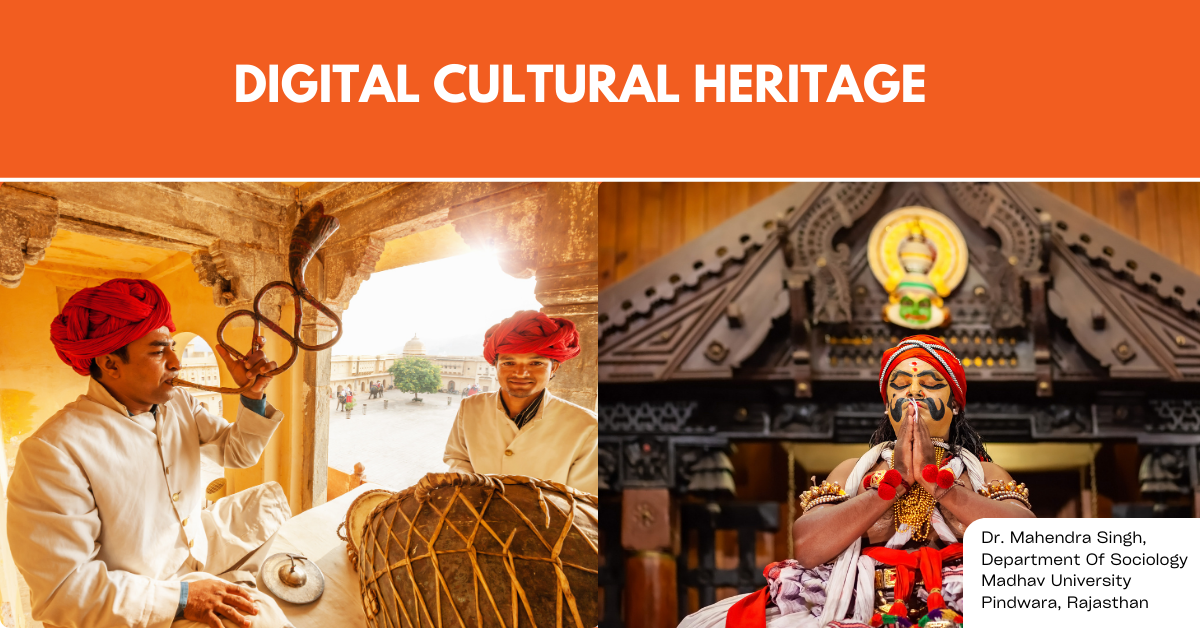Heritage must be protected and preserved for current and future generations because of its cultural, historical, aesthetic, archaeological, scientific, ethnological, or anthropological value for groups and individuals. The role of cultural heritage does not end at its tasks to preserve and protect its material remnants. Cultural heritage must be invested in order to benefit the community. The past can serve the present. especially if heritage is managed with innovation and creativity, keeping pace with contemporary changes, and utilizing available digital tools and technologies, such as 3D scanning, dig technology, holographic projection, enhanced reality, and 3D printing.
Cultural heritage has not been immune from these developments and changes. New technologies provide smart tools to identify, protect, and share heritage, moving beyond traditional methods of heritage protection. However, these developments require a fundamental change in perspective on how we use cultural heritage, resulting in important questions, such as the extent of relationship between the protection of heritage and its use, selection of appropriate technologies, the types of services technology that can be used for heritage and its uses, and investment of technology to provide innovative services.
The answer to these questions will be somewhat complicated, but it is based on a si Digital heritage not only. includes the three traditional aspects of cultural heritage, – collection and documentation, research and information management, presentation and interpretation . Procedures of digital cultural heritage includes three different stages, namely internal storage, network sharing, and interaction regarding content.

